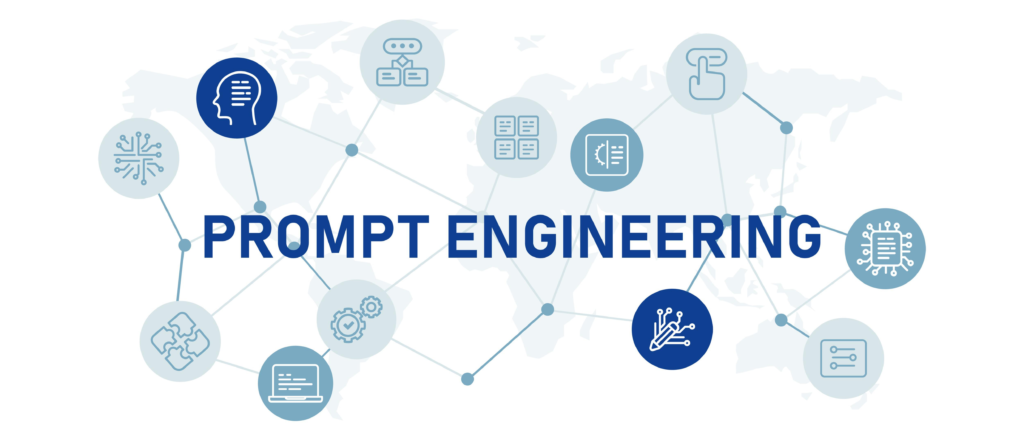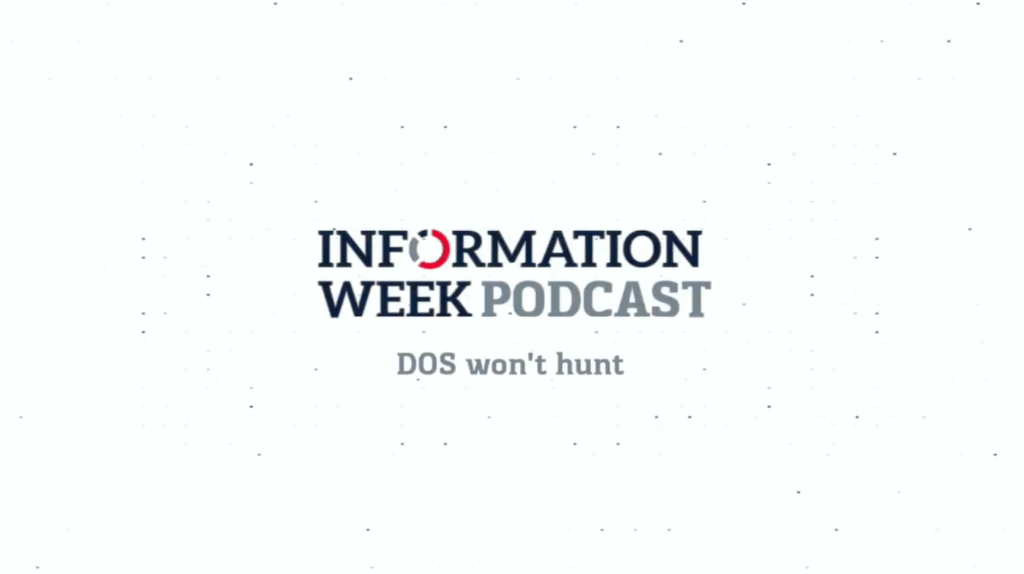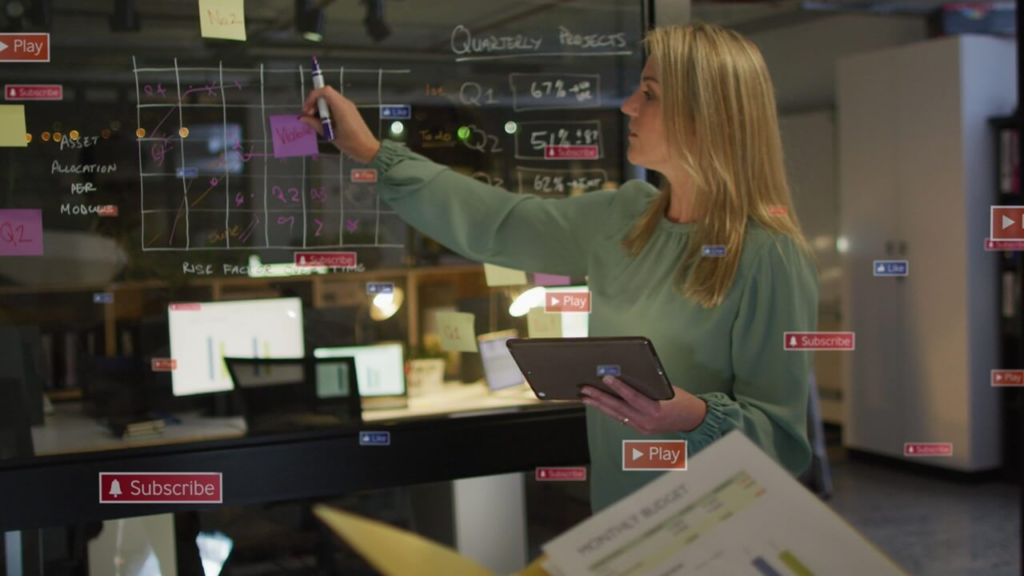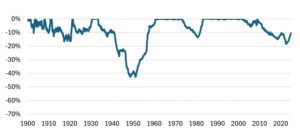How CIO Kristy Folkwein Is Building an IT Team for ADM’s Digital Future
Kristy Folkwein accidentally took a class in college meant for computer science majors. She went to school with the intention of following in her mother’s footsteps as an executive secretary. But that class changed her path. “I loved it. I had an affinity for it, and that’s how I got into technology,” she tells InformationWeek at the beginning of our conversation. Today, Folkwein is the senior vice president and CIO at ADM, a big player in human and animal nutrition. She speaks to InformationWeek about how she developed her career at three different companies and how she is working to transform ADM, a company built by acquisitions. A Career in Three Chapters Folkwein’s first job out of college was at Ashland, a specialty chemicals company. “[I] grew up through the ranks of IT project manager, leading projects, being an analyst. I did a little development in the early years. So, that’s where it all started,” she shares. She considers her time at Ashland the first chapter of her career. As she worked her way up at that company, her IT leadership skills grew. “I had the opportunity to work on an ERP transformation of SAP across five different business units,” Folkwein recalls. “I was the mini CIO for the distribution company and then the distribution company in Valvoline.” (Ashland would later spin off Valvoline.) Related:The Pros and Cons of Becoming a Government CIO She spent 17 years at Ashland before moving on to Dow Corning. The leader of the company approached her about stepping in as CIO, and she accepted. That big change marked the beginning of the second chapter in her career. “After 17 years and then going to a new company, I knew no one,” says Folkwein. “And so it was the change management influence, meeting people where they are, understanding that business, their experience is what made them who they were. I learned a lot about how you get things done. Empathy, how you execute.” Kristy Folkwein She considers the eight years she spent at Dow as her years of honing her customer-facing skills. “How do we help our customers? How do we bring value through technology in new ways through different types of web portals? The way we work with our customers to streamline our processes … Those were my big learnings in those years.” A recruiter with ADM approached Folkwein, and the timing was right. She was ready for the third chapter of her career. “I felt like all of my experiences had prepared me to hopefully come to ADM and really make a difference in helping [it] to transform,” says Folkwein. Building the Team at ADM Related:Visa CISO Subra Kumaraswamy on Never Allowing Cyber Complacency ADM is an established company — in business for 120 years — and it is one that has grown through acquisitions. “As far as my team goes with ADM, we’ve had a bit of a journey on the talent side,” Folkwein shares. Acquisitions bring plenty of talent together, but that talent is spread out across different functions, teams, and structures. Folkwein has worked to create a more central IT organization that focuses on consistent delivery of the technology and skills necessary to build ADM’s digital future. ADM also works with a managed services partner to support its legacy systems. “We have a multi-region approach. We have people spread around the world to support our organization, and we’re currently in the process of standing up an India hub to continue to allow us to get the scale we need to [provide] the IT services our organization needs,” says Folkwein. Over the past nine years that Folkwein has been with ADM, the team stands out as one of her greatest accomplishments. “We’ve built an incredible IT team that is very committed to ADM,” she says. “While delivering daily operations, [we are] also leaning into how we deliver value … through technologies like generative AI.” Technology Delivery and Transformation Folkwein has a lot of the concerns that most CIOs can relate to: legacy technology and modern, evolving cyber threats. Related:How a New CIO Can Fix the Mess Left by Their Predecessor “The way things were developed in decades of old, there wasn’t as much standardization, documentation, good IT practices. So, it keeps me up at night. Just keeping all of this running until we can get to more modern technology,” she says. And then, there are the industry-specific challenges. Quality control in the nutrition space is essential, and Folkwein’s IT organization needs to ensure it has the capabilities to support the production, tracking, and delivery of quality products in the food space. Right now, Folkwein and her team are invested in transforming ADM’s ERP system. She is always thinking about how to support effective business operations, manage the cost to serve, and provide value. “At the end of the day, the big slogan is: We deliver what we commit,” she says. For Folkwein, and all CIOs, AI is now a part of that equation. How can she use that technology to deliver value for ADM? “We’re using AI to help us to create flavors, to be more productive, to provide information to help our people in the plant,” she says. “There’re so many different possibilities.” As she considers all of the challenges and the goals her team is tackling today, data surfaces as the most important thing. “Why do you put in in place a common ERP?” she asks. “Why is ADM, right now, trying to standardize and consolidate from acquisitions? It’s the data. Why is the data more important than ever? Because data is the fuel of AI, and we’re going to be all competing with capabilities through AI.” source
How CIO Kristy Folkwein Is Building an IT Team for ADM’s Digital Future Read More »













